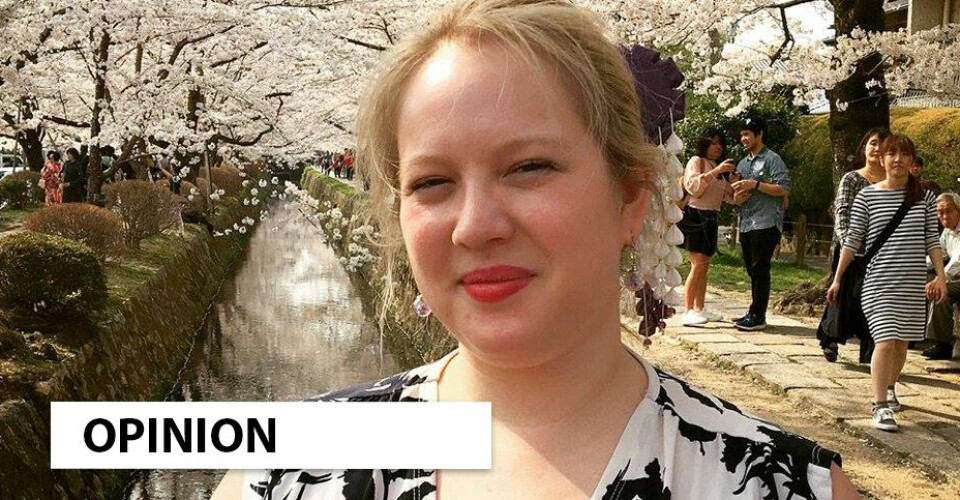
What is it like to learn Norwegian?
ASK A RESEARCHER: Norwegian can be difficult to learn, but here are some tricks.
Have you ever wondered what it's like to learn Norwegian as a second language?
Learning a whole new language can be daunting.
For those who have a different mother tongue, it can be difficult to learn and get the chance to use Norwegian in everyday life.
We've consulted an expert on this very subject.
Who learns Norwegian?
“Most immigrants who come to Norway learn Norwegian,” says Gølin Christine Kaurin Nilsen. She is a linguist at the University of Stavanger.
In 2022, there were 28,379 immigrants in Norway enrolled in Norwegian language courses, according to Statistics Norway. About a third of them were between 26 and 35 years old, and there were more women than men learning Norwegian.
“Kids often accompany their parents who migrate for work purposes or to escape adversities,” she says.
According to Nilsen, there are many reasons why people move to Norway.
Many adults relocate for employment opportunities, and their children often accompany them. Others come to Norway fleeing war or catastrophes in their home countries.
English is not so different from Norwegian
Having prior knowledge of English can make it both easier and harder to learn Norwegian.
Many Norwegian words resemble their English equivalents, like kniv and knife. This is because the words stem from the same language, namely Old Norse.
Norwegian belongs to the Germanic language family. This means it shares many similarities with other languages such as Swedish, Danish, German, and English.
But there are also many differences between Norwegian and English. Many vowels in Norwegian are similar to each other, making it difficult for English speakers to tell them apart.

“We have many vowels that are far forward in the mouth, and that’s quite unusual,” says Nilsen.
I, y, e, and ø can sound similar, and it is the way you shape your mouth that makes the sounds different.
Different ways to learn Norwegian
For some immigrants, it can be difficult to learn Norwegian even though they live in Norway.
“Children and adults who speak English don’t get as much opportunity to use their Norwegian because people talk to them in English,” she says.
But there are some who still manage to be motivated to learn Norwegian.
Nilsen previously worked at a language learning centre and has met some of her students again later.
She mentions, among others, an adult man who headed a computer engineering company. He was going to learn Norwegian in Norway.
“At the beginning, everyone in the company only spoke English at the meetings. But eventually, my student realised that ‘if I am to advance my Norwegian, I need to use it in slightly different situations than just at the café, pub, leisure time, and football’,” she says.
Another student, who was an Indian doctor, also found it difficult to learn Norwegian.
To help, Nilsen gave her a book.
“In that book, there was a lot about different diseases and symptoms and medications and all that doctors need to be able to talk about in Norwegian. Then she became very motivated, because it was her area of expertise,” she says.
The risk of losing one's native language
Nilsen also believes that it’s important for those who come to Norway to try to retain their own language.
“I think it’s very sad that many children experience that their mother tongue has no value, and that the knowledge they have in another language means nothing at school,” says Nilsen.
Unfortunately, many children lose their language if they don’t use it.
“I think schools must become even better at preserving and, not least, showcasing the different languages that the children in the school can speak. I hope all children and young people who speak multiple languages will be proud of this ability,” she says.
———
Translated by Alette Bjordal Gjellesvik
Read the Norwegian version of this article on ung.forskning.no





































